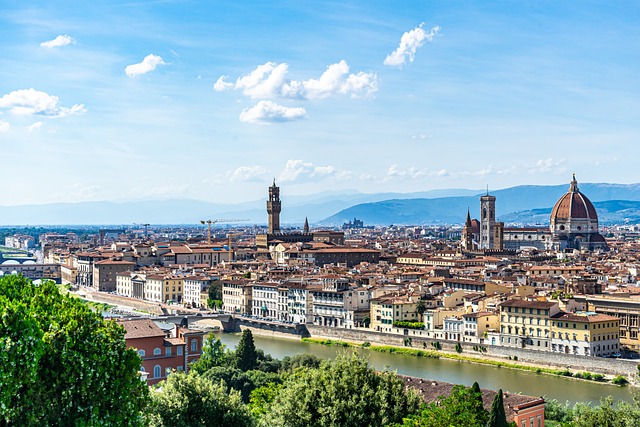Prison locations can boost local real estate values by attracting infrastructure upgrades, improved public services, and better connectivity, increasing property demand and prices. After closure, former prison sites become magnets for development, creating jobs, attracting investors, and stimulating economies through adaptive reuse projects. This transforms them into vibrant mixed-use spaces that revitalize communities and offer second chances for inmates' reintegration.
Prisons, often perceived as sources of social detriment, surprisingly play a pivotal role in fostering economic growth and community development. This article explores how the presence of correctional facilities can significantly boost local real estate values, attract businesses, and transform underutilized land into thriving communities. We delve into the economic ripple effects, examining the multifaceted benefits these institutions bring to surrounding areas, from increased tax revenues to job creation, showcasing a unique model of prison-driven revitalization.
How Prison Locations Boost Local Real Estate Values

Prison locations can significantly boost local real estate values, creating a unique dynamic in the property market. Often situated on vast plots of land, prisons contribute to the surrounding area’s development and desirability. As correctional facilities are typically built in strategic areas considering accessibility and security, they attract infrastructure upgrades, improved public services, and better connectivity—all factors that enhance the livability and appeal of nearby neighborhoods.
This positive impact is evident in increased property demand and subsequent price rises. The presence of a prison can foster a sense of community resilience and safety, attracting families and businesses alike. Consequently, local real estate becomes more attractive, with investors and homeowners recognizing the growing value and potential for economic growth stemming from this institutional infrastructure.
Economic Impact of Correctional Facilities on Surrounding Areas

Correctional facilities, often perceived as mere institutions of punishment, can significantly contribute to the economic landscape of surrounding areas. The presence of prisons can stimulate local economies in various ways, making them valuable assets to communities. One prominent aspect is their impact on real estate markets. As correctional facilities require substantial land and infrastructure, they can drive up property values in nearby areas due to high demand for housing and commercial spaces. This can lead to increased revenue for local businesses, from construction projects to services catering to prison staff and inmates’ families.
Moreover, prisons often become centers of employment opportunities, creating a steady stream of jobs directly related to their operations. These positions range from security personnel and officers to healthcare workers and administrative staff. The economic ripple effect extends further as these employees spend their earnings locally, supporting various businesses and contributing to the overall prosperity of the region. This symbiotic relationship between correctional facilities and surrounding communities underscores the potential for positive economic transformation through strategic integration.
Transforming Wasteland: Prisons as Catalysts for Community Revitalization

Prisons, often viewed as symbols of punishment and restriction, have emerged as unexpected catalysts for community revitalization and economic growth in many regions. The transformation of prison sites into vibrant hubs of activity isn’t just about rehabilitation; it’s a powerful strategy to breathe new life into decaying urban areas or underutilized rural spaces. In the wake of prison closure or reduced populations, these locations can become magnets for development.
This transition is often facilitated by strategic real estate investments. Former prison grounds, with their robust infrastructure and central locations, are ideal candidates for adaptive reuse projects. Transforming these sites into mixed-use developments that blend residential, commercial, and recreational spaces not only generates local jobs but also attracts investors and businesses, stimulating the overall economy. This innovative approach to urban renewal is reshaping landscapes and offering second chances—for both former inmates looking to reintegrate and communities seeking revitalized spaces.






